#the railway series au
Explore tagged Tumblr posts
Text
Updated the Famous Eight!
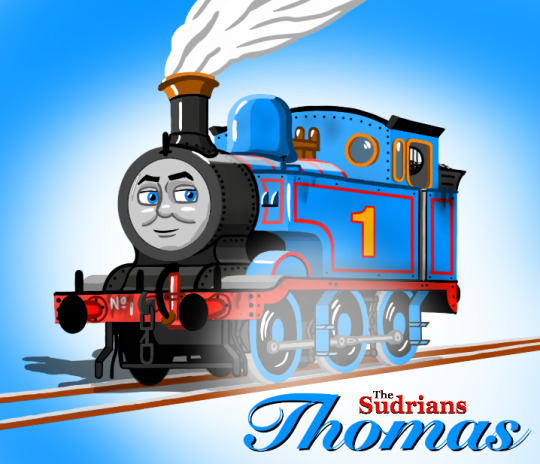
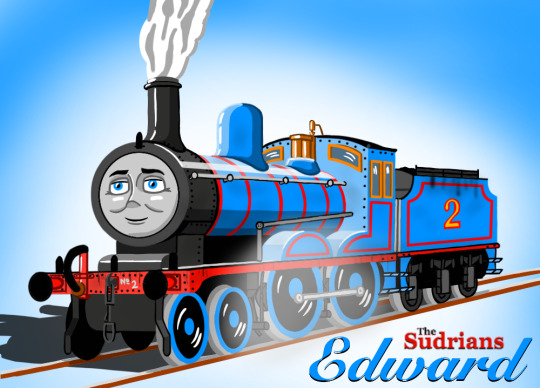
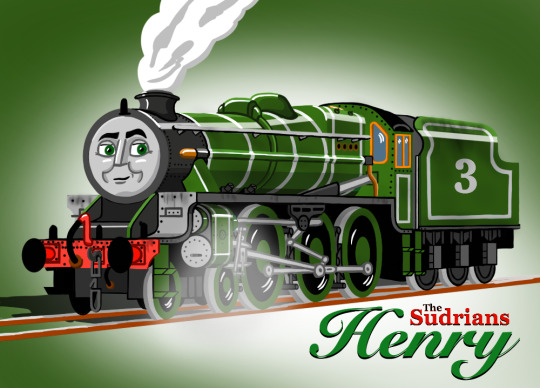
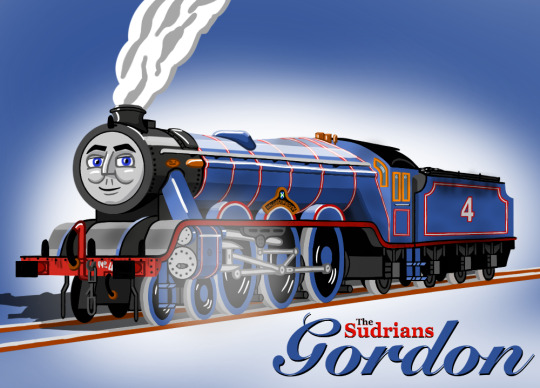
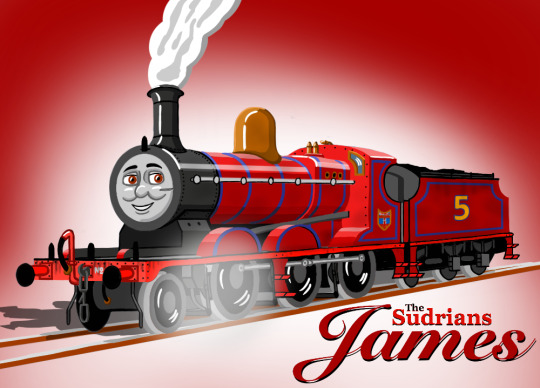
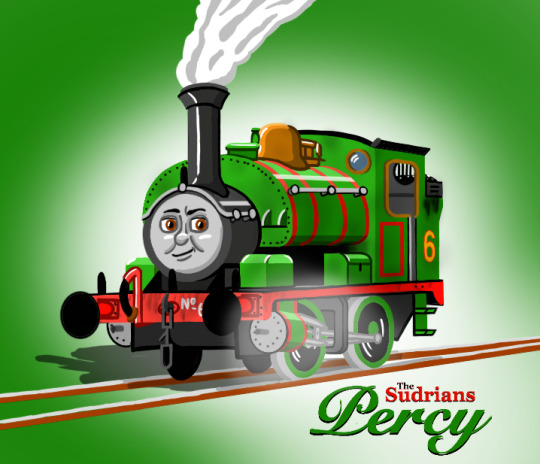
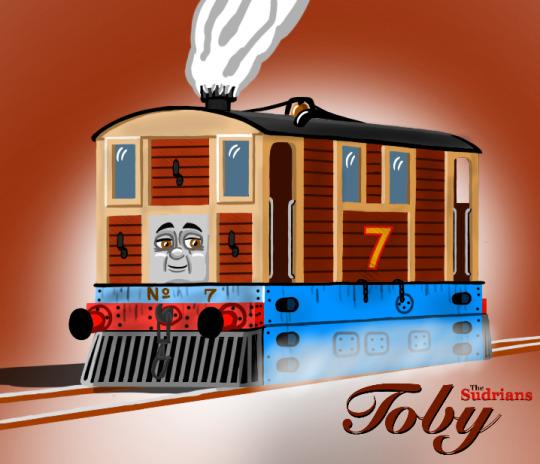
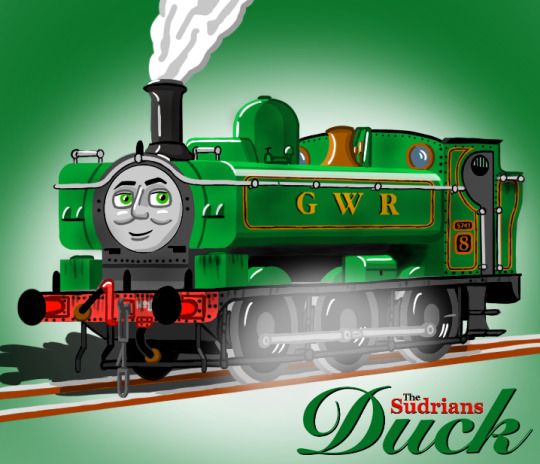
Redid their chassis mostly and added and adjusted a few other things.
Henry and Percy are more noticeable due to being redoing their liveries. Henry’s Forest Green was retconned to be more dark olive green. And Percy has just been repainted to NWR Standard Green. Same with James, he’s gone back to his usual colours.
#thomas the tank engine#the railway series#thomas and friends#ttte au#the railway series au#the sudrians#ttte#percy the small engine#edward the blue engine#henry the green engine#james the splendid engine#james the red engine#gordon the big engine#gordon the express engine#toby the tram engine#duck the great western engine#ttte art#ttte thomas#ttte percy#ttte fanart#ttte henry#ttte gordon#ttte edward#ttte james#ttte toby#ttte duck
127 notes
·
View notes
Text
Thought I've had for a while is making some of the various alternate ideas for Thomas from the fandom (Furness G5/LNER J50/Jint/some Sudrian home-build etc) into their own characters in some form
So
I drafted this at the start of the month
Then Awdry Ex happened
And the lecture
So how about that :P
I guess Edward & James count for this too, eh
#the railway series#the railway series headcanon#the railway series au#maybe??#rws thomas#rws edward#rws james#i guess#how do i tag this help
0 notes
Text




Faces! Faces!!
#live from tidmouth#creative on the mainline#ttte#ttte human#ttte human au#ttte humanized#ttte humanisation#rws#the railway series#thomas and friends#ttte gordon#ttte henry#ttte james#ttte skarloey#ttte douglas#ttte peter sam#ttte duck#ttte boco#ttte toby#ttte edward
298 notes
·
View notes
Text
POV; You recieve a book in the mail of the first ever RWS book. Once you set it on your table, these three start crawling out.
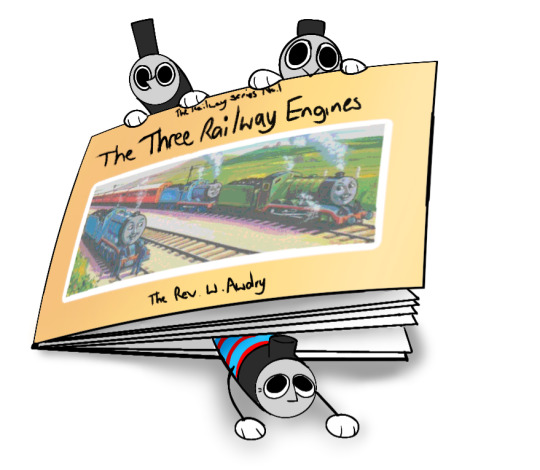
Meet Eddie, Gordie and Hen-Hen.
#thomas and friends#thomas the tank engine#The three railway sausages AU#the railway series#ttte gordon#ttte edward#ttte henry
316 notes
·
View notes
Text
Tidmouth Runaway
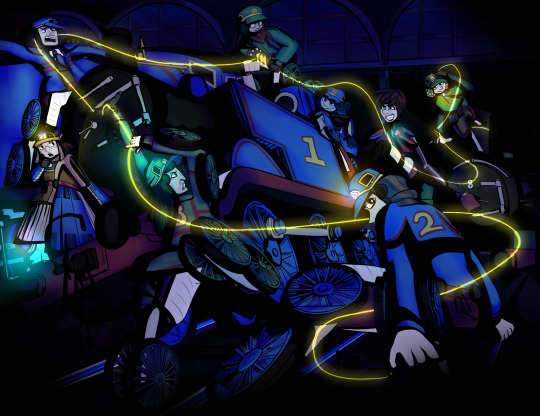
It's The Railway Series 79th Anniversary
Probably the most biblically accurate version of them, even having their correct wheel arrangements
#ttte#RWScollab2024#if it counts#thomas and friends#thomas the tank engine#ttte humanized#ttte fanart#my art#ttte thomas#ttte edward#ttte henry#ttte gordon#ttte james#ttte Percy#ttte toby#ttte duck#ttte montague#the railway series#rws#79th anniversary#ttte humanoid#ttte human au#thomas the train#i tired to get this done before the deadline and miscalculated oops but ill see if ill update this later#railway series#ttte au
373 notes
·
View notes
Text

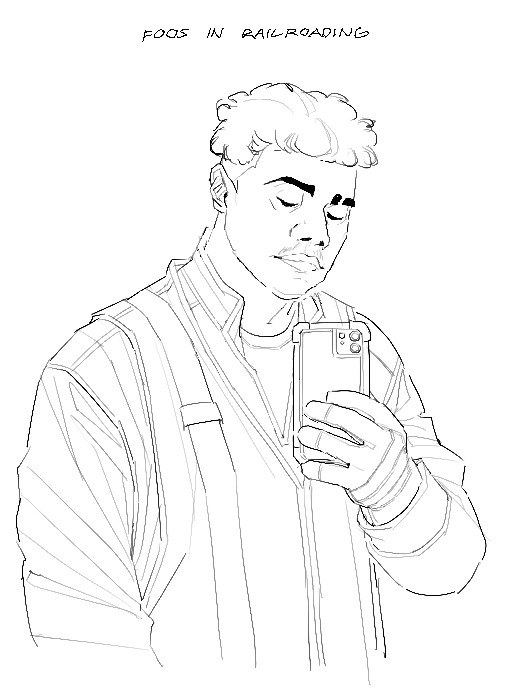


My machine characters as humans. The jet and diesel would hold eachother if it wasn’t a structural issue.
250 notes
·
View notes
Text
Tom J. Tank Junior
Old guy the second
Junpei Iori (red train)
So far all of my RWS AU designs :p



#art#ttte#ttte thomas#thomas the tank engine#thomas art#thomas and friends#railway art#railway series#rws#ttte au#ttte art
33 notes
·
View notes
Text

here's NWR No.4 Stella, head of the new express passenger service, The Shooting Star.
#RWS#railway series#ttte#thomas the tank engine#thomas and friends#Gordon the Big Engine#trans au#trans headcanon#trans woman#The Shooting Star ttte
62 notes
·
View notes
Text
Percy (1969)

The old shunting man has some stories to tell.
62 notes
·
View notes
Text

I was just doing this for fun but i realized that i missed the 79th anniversary 😅
So here's my (late) little tribute to the railway series 🎉
#ttte edward#ttte henry#ttte gordon#thomas and friends#ttte#ttte au#ttte fanart#ttte humanized#the railway series#it's the three old men 🎉#they are on break 😊 becuz they deserve it
50 notes
·
View notes
Text

#thomas the tank engine#the railway series#thomas and friends#ttte au#the railway series au#the sudrians#ttte#rebecca the yellow engine
135 notes
·
View notes
Text

it fuckin wimdy
#AUGH I picked this up and put it down so many times 😭#BUT ITS DONE!!!!#I love drawing the railway trio so much it turns out#ttte#thomas the tank engine#art#kips art#ttte henry#ttte edward#ttte gordon#the three railway engines#the railway series#ttte humanized#ttte human au#ttte humanisation
452 notes
·
View notes
Text
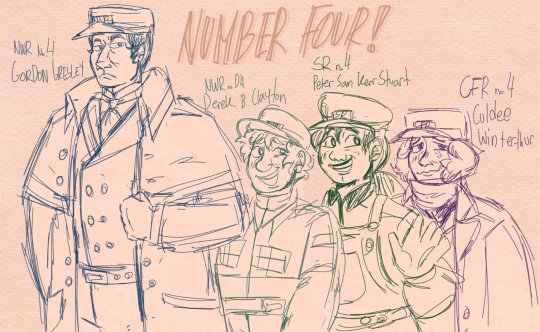
it's still april even if its not 4/4, so here's four of them!
(derek being d4 was inspired by @.mean-scarlet-deceiver's fic, which you should totally read if you like gordon having character development but still being fundamentally Gordon and derek existing)
#live from tidmouth#creative on the mainline#ttte#thomas and friends#rws#the railway series#ttte gordon#ttte derek#ttte peter sam#ttte culdee#ttte au#ttte human au#ttte humanized#ttte humanisation#HI I AM SLOWLY BECOMING MORE ACTIVE#Also derek is the works diesel. smiles#culdee's surname is from the place his workshop is in#ttte human#skarloey railway#culdee fell railway
225 notes
·
View notes
Text
Cleaning the boi

#thomas and friends#thomas the tank engine#the three railway sausages au#ttte thomas#ttte edward#blep :P#the railway series
167 notes
·
View notes
Text
He has done nothing wrong in his life ever @ohmystarrynight

#ttte#thomas the tank engine#thomas and friends#the railway series#ttte thomas#human au#ttte humanized#ttte human au#my art
73 notes
·
View notes
Text


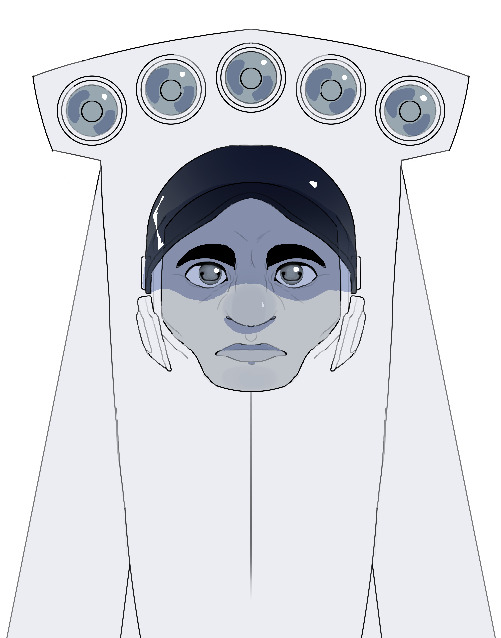

The River Jordan and Sweetpea are electric engines on the first railway on Mars.
River Jordan was the first one built, being the product of a collaboration between the nations who established the colony.
Sweetpea was donated by a coronal aerospace guild and assembled onsite. Her parts were imported and her blueprints were crownmade, so her visage is coronal.
Visage and the nature of living transport
Engines take the image of their creators. Their faces are not organic, and are more like a vessel for helpful senses and communication tools.
They come alive soon after they are built, once out of eyeshot for any moment. Attempts to stare at a new engine to see it stir are foiled somehow (blinks, saccades, CCTV malfunction, momentary lapse in attention). Not all engines come alive, as their animacy is often (but not always) decided by the intent of the builder.
Living engines can assess their circumstances and make judgements based on them. They are useful in volatile situations as an expert second opinion on conduct and design, and are capable of sensing external and internal problems quickly.
In calmer periods, they may not get adequate stimulation, and their personalities may interfere with their efficiency. For this reason, railways have their preferences when they build and purchase engines.
The facial material ends at the surface of the machine and is inscrutable in composition—the material appears to be made of itself, and is unusable for any other purpose besides as an engine’s interface with the world. If damaged, the material heals. If removed, it disappears. The conceptual self-referentiality of engines’ faces, souls, and senses deter scrutiny.
Living machines exist as a fact of the universe. Their animacy is cloaked in an analysis-averting antimeme.
Human Engines
Engines designed and built by humans possess dual-pinhole pupils that dilate into an elliptical shape, granting them a broad field of view and tolerance of rapid changes in light levels (such as in going in and out of tunnels). Deep set zygomata allow them to look directly to their sides, and with the dual-pinhole setup, they maintain some depth perception in monocular sight. Their pupil shapes are hidden by their black irises, which absorb glare. They can see clearly to their front and sides, but can’t see up or down very well. A tapetum lucidum retroreflects incoming light back through their retinas, granting them vision in darkness. The nictitating membranes and long eyelashes protect the eyes from dust.
The chemicals engines are capable of detecting are relevant to their purpose, e.g. distinguishing coal, gasoline, diesel, and wood fires from their smoke but not being able to distinguish or detect food smells. Similar to how cats, obligate carnivores, have lost their ability to taste sugar due to its absence in their diet, but can taste ATP for its presence in meat—engines can parse environmental and industrial scents, but will have wildly varied responses to food and fragrant compounds, often being unable to notice them.
To investigate an aroma, they slightly lower their bottom lip to take air into their vomeronasal organ located behind the upper incisors.
Engines do not require oxygen, but if debris enters the nasal passage, human engines will sneeze to:
Ensure their voice resonates properly,
Keep their olfactory facilities clean, and
Indicate to engineers that particle buildup may have occurred in other places, such as the boiler tubes for steam engines.
Crown Engines
Just as the tongue is the only colored object on a human engine’s face for distinguishability, so are the teeth on coronal engines. The positions of the upper and lower jaw indicate tone, functioning in communication similarly to eyebrows.
Coronal engine eyes consist of an armored cornea surrounded by a cuticle and muscular eyelid. The cornea moves with the help of the embedded eyestalk supporting it. The cuticle is lubricated with an oil-based film and is less susceptible to irritation than the aqueous solution on human engine eyes. The undersides of the eyelids and surface of the cornea are covered in setae, preventing chafing and reducing airflow on the cornea. The hairs catch debris and are combed out by the lids with a puckering motion.
To make up for unenhanced vision by human engine standards, coronal engine hearing is advanced, allowing the listener to pinpoint sound sources through triangulation of the four inner ears. Coronal engines, too, channel sound through their incisors and into their internal ears via the acoustic windows at the hinge of each jaw.
Coronal engines achieve their sense of industrial smell through the gustatory papillae that line their choana and pharynx. They supplement their olfaction by introducing cool air behind the heat pits inside their nares.
Coronal engines’ thermoception is more efficient than living crowns, as coronal engines’ faces do not produce heat nearly proportional to their mass.
Conversely, the tines heat up significantly hotter than the crown average for unambiguity in temperature tones. The origin of the tine thermal energy appears to be redirected from excess produced by the machinery, or from the face’s temperature directly.
Extramodal senses
Engines are capable of listening from within their cabs with greater acuity than mere conduction of sound through the body would suggest. Other unsubstantiated sensory abilities include:
Discernment of water/fuel quality within the framework of taste though intake alone
Somatosensory awareness in the entire body, not just the face
#BOA#the railway series#<- my cover all tag#the river jordan#sweetpea#crowns#my art#speculative biology#This is an AU of my sci fi story#thomas and friends
441 notes
·
View notes